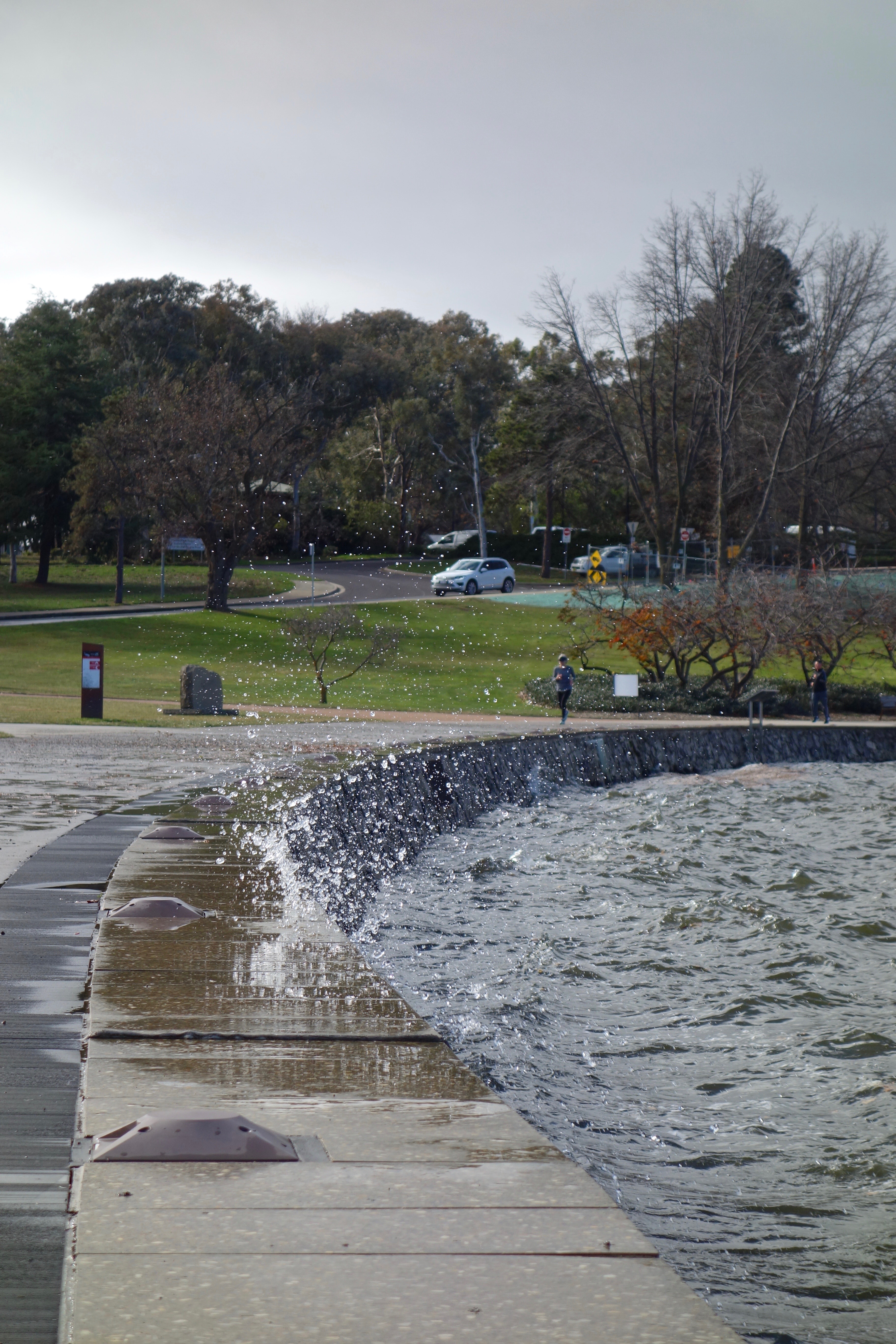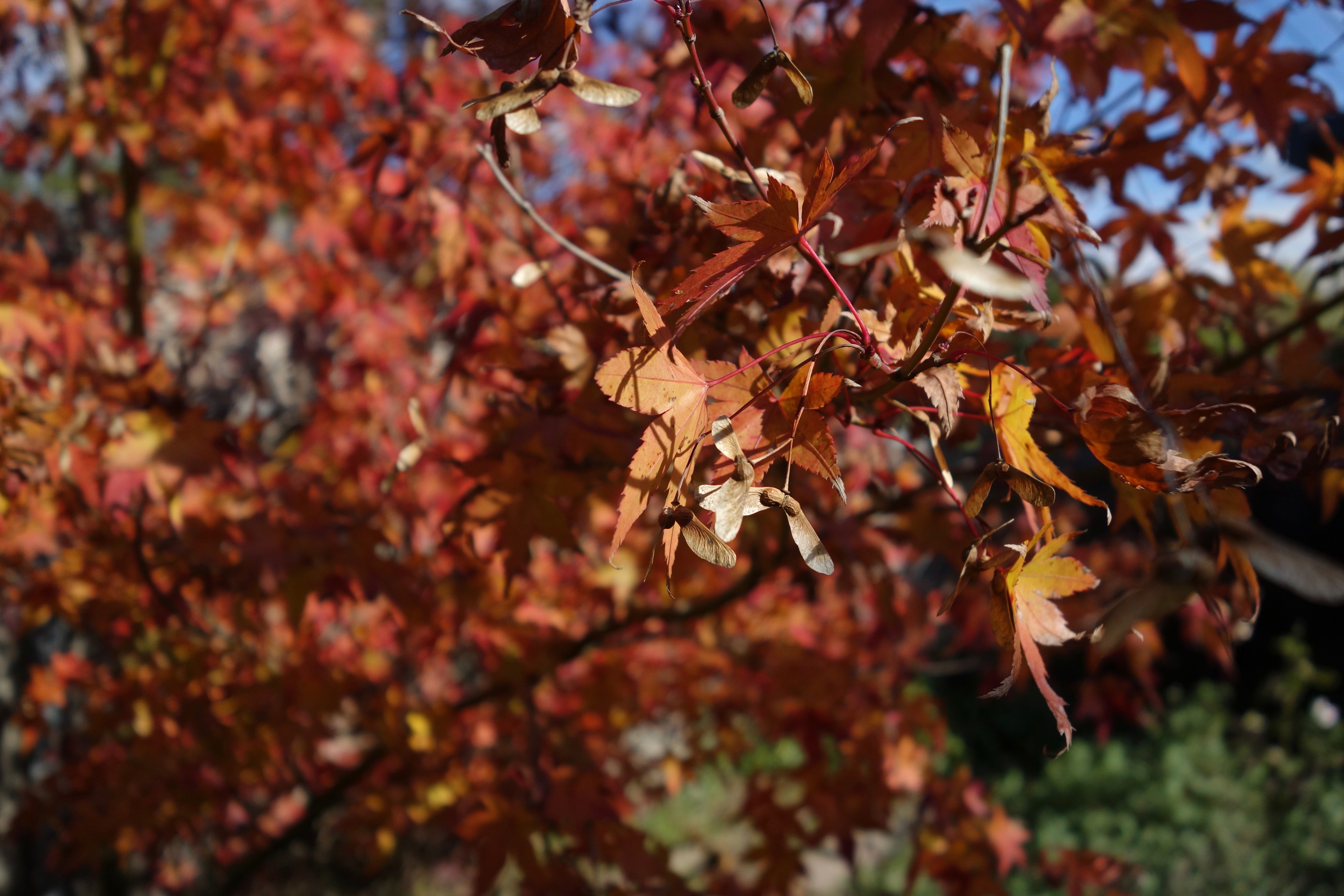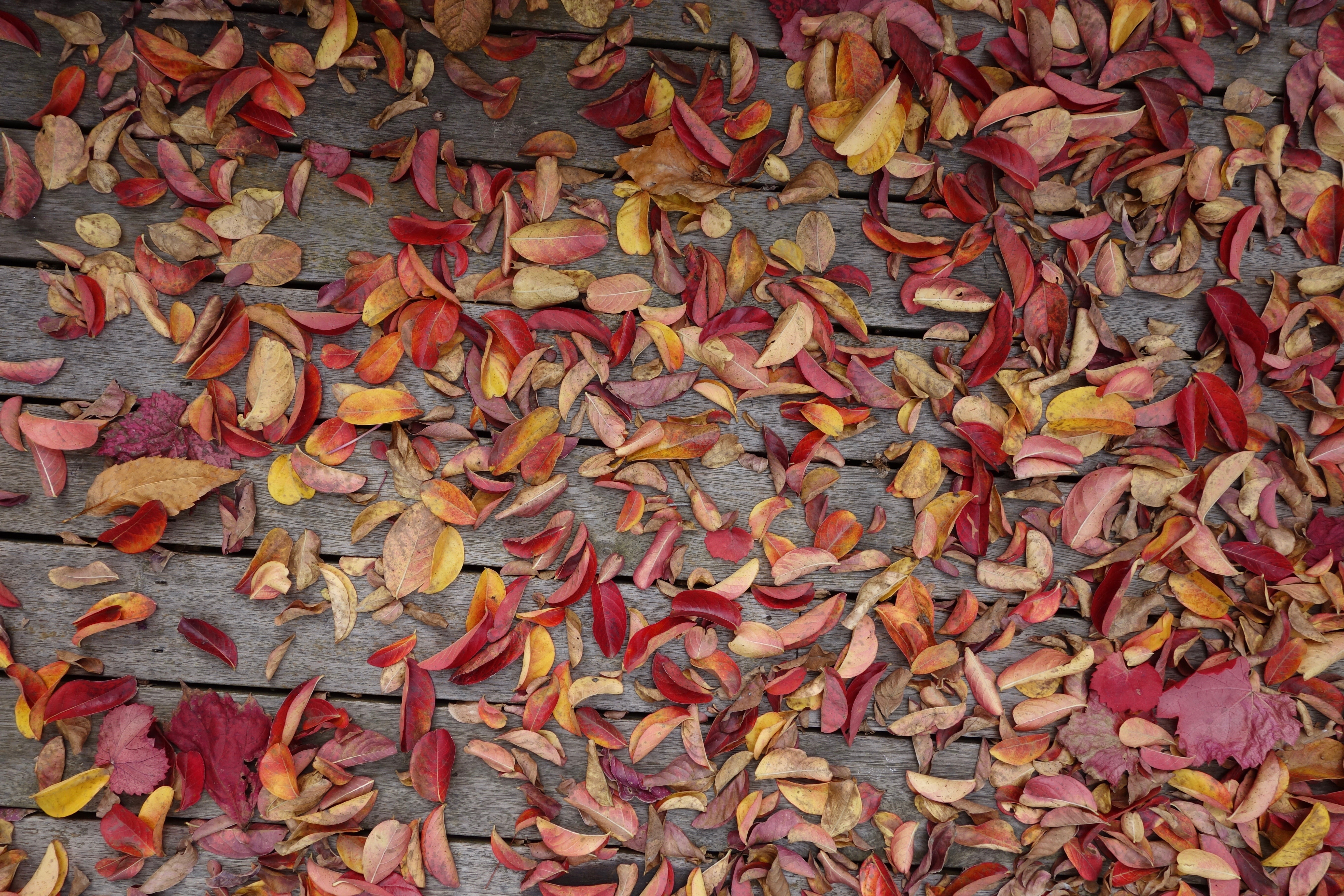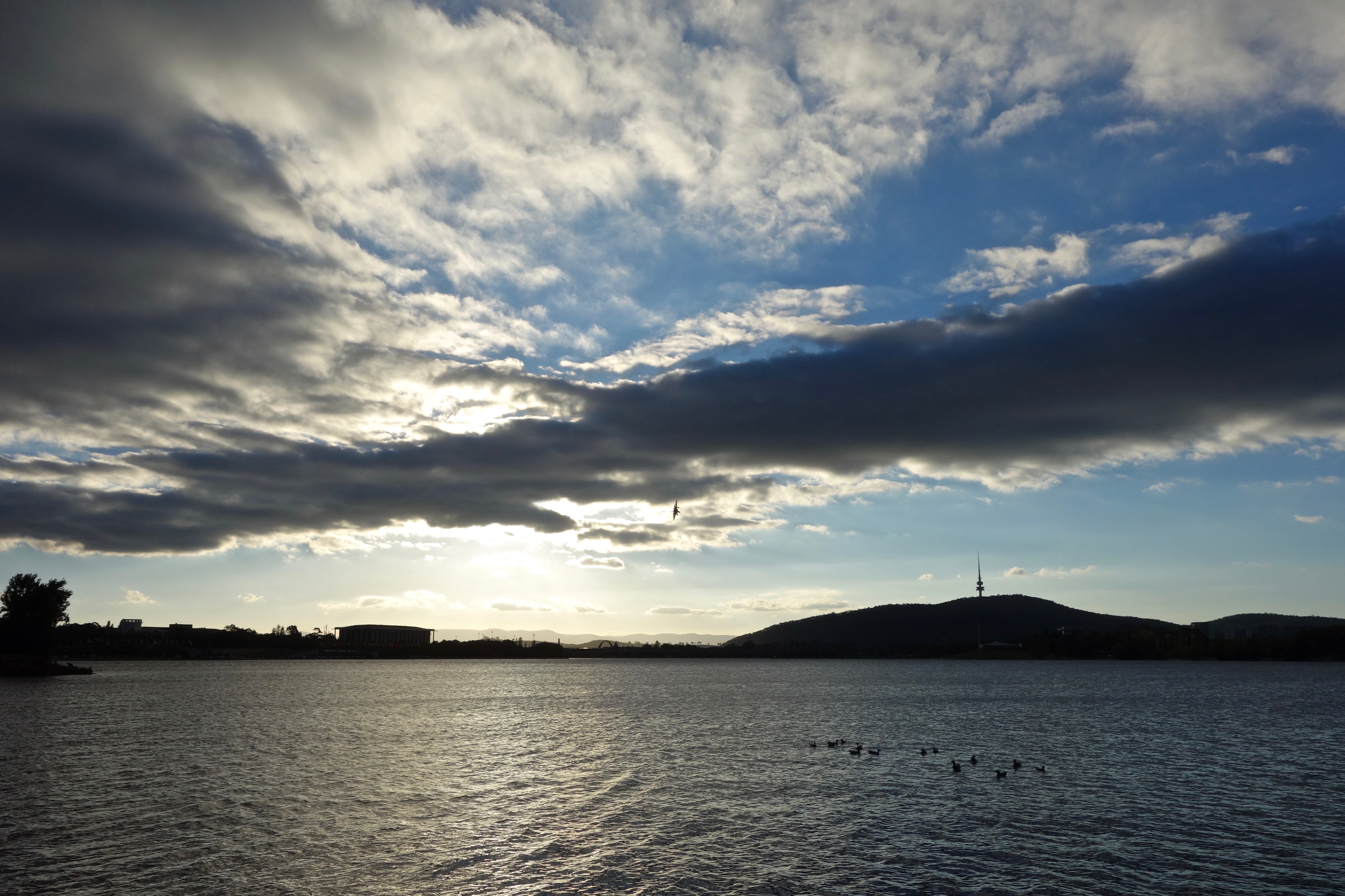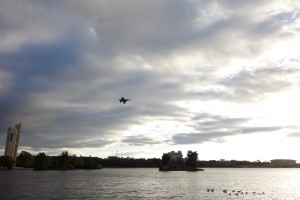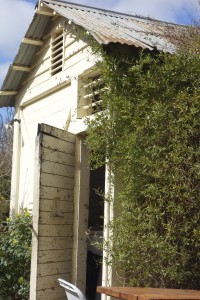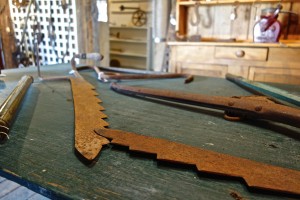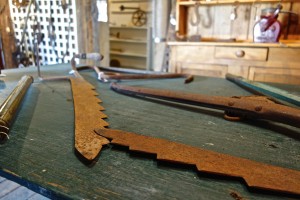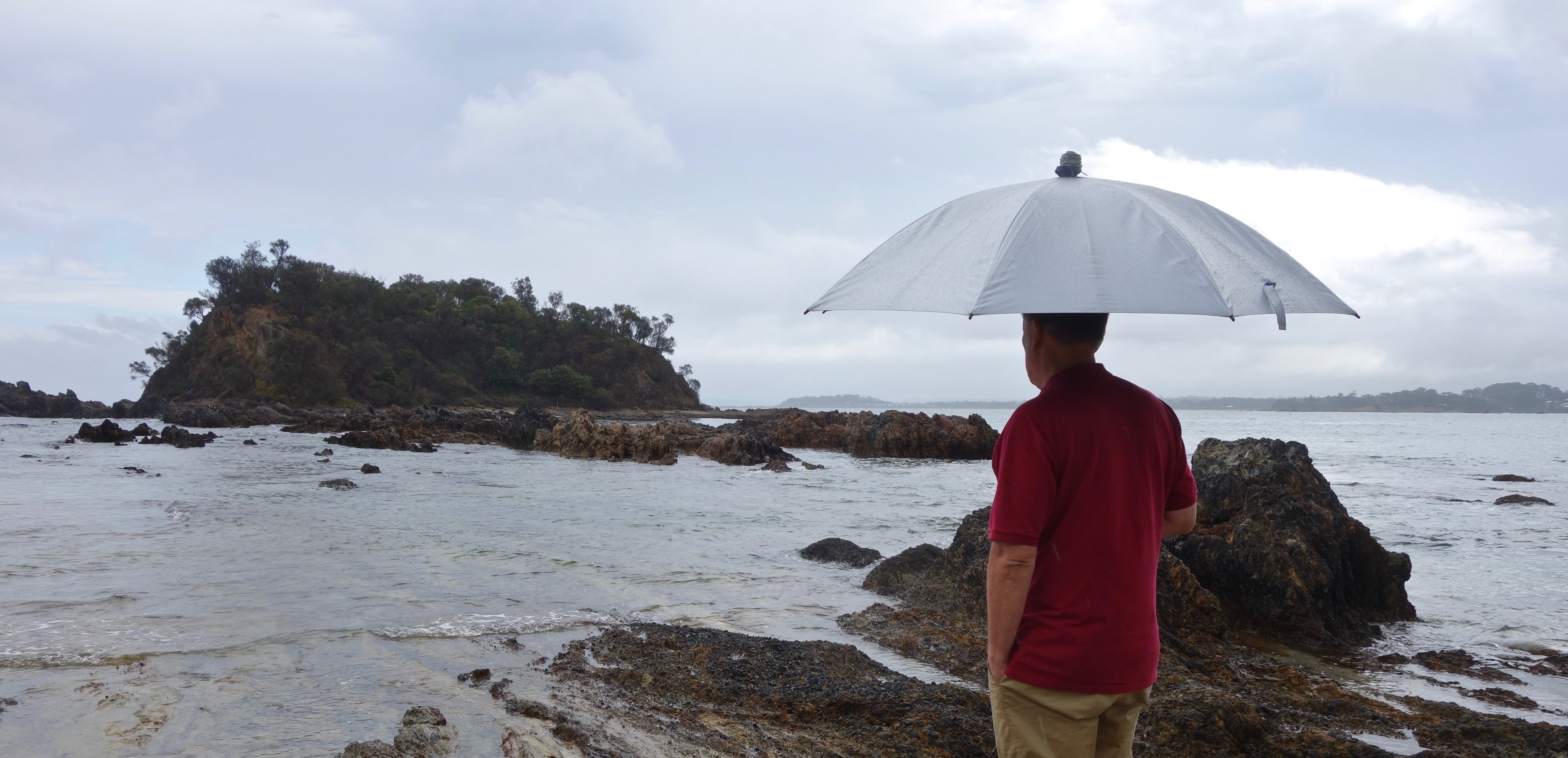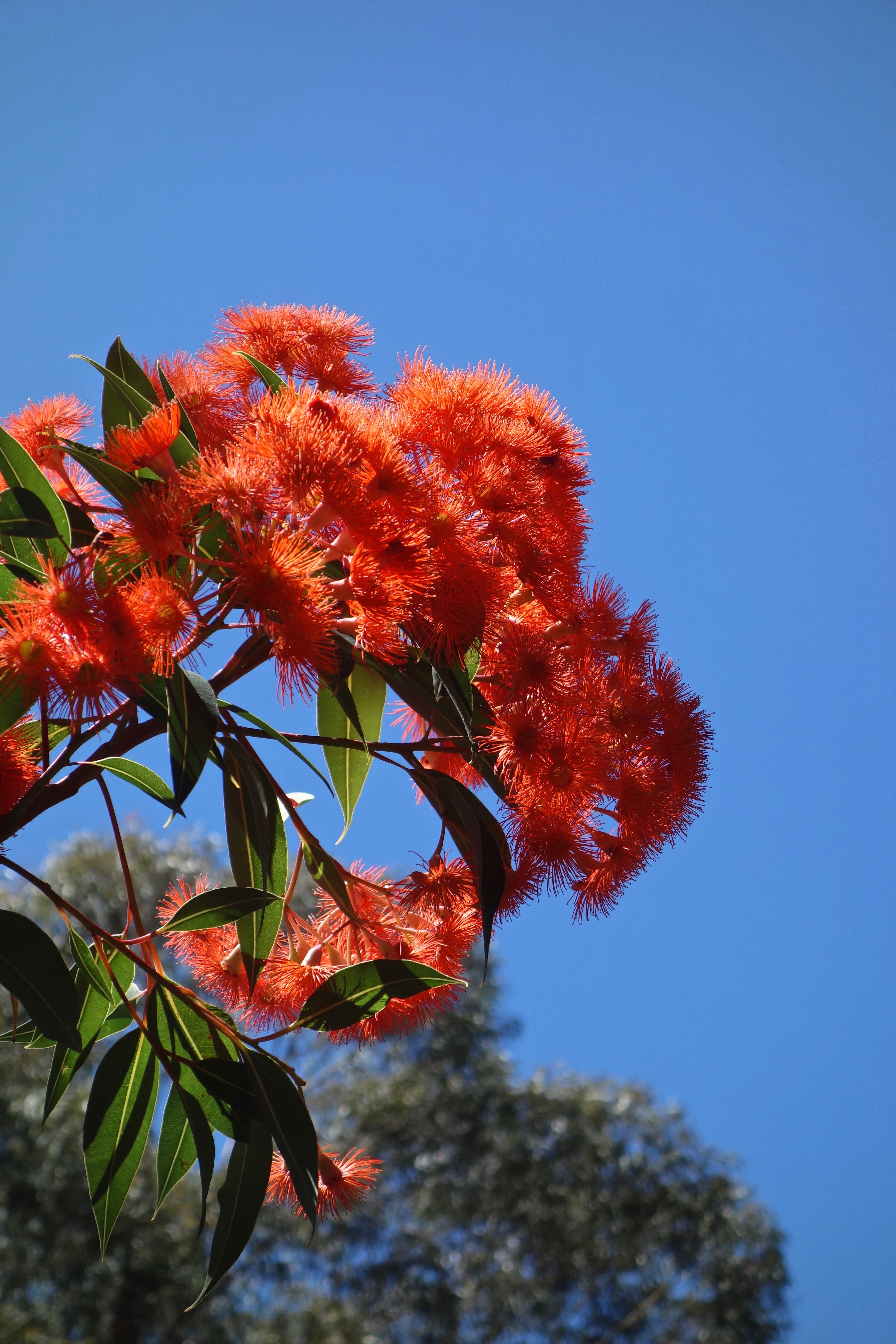Until last weekend there was a hole in my soul, a beachy space that I was eager to fill. I had not been to the beach at all in December or January when the surf, sand and sun were calling me. Once upon a time the beach was a magnet whose pull I could not resist, but now I’m growing older, and have other priorities. That is, I can no longer be bothered demanding that I be taken to the sea.
Now it’s February. All the families and kids have returned to the cities to start the school year, which means the beaches are empty at times, ideal for reflection and winding down. On Saturday morning we drove out of the city, through two country towns, rose up the mountain into the clouds, crawled along blindly through their whiteness, descended towards the coast and got to our cabin in time for lunch.
In the previous week the temperature had been up to 41 degrees and down to 17. On Saturday it rained (lightly) as we strolled alone along the sand. The tide was high, lapping about the strip of rocks that protruded from beneath the water and stretched all the way to Barlings Island, an Aboriginal heritage area. If I were a snorkeller I’d go there because it’s a good place to see fish swimming through a giant underwater kelp forest.
The next morning the clouds had gone, the tide was low, and I said to my husband: “Walk to the island.” And he did.

Almost there, he struck a narrow chest-deep channel. But he was fully clothed and turned back.

What a man! I say “Do this” and he does it.
*****
The Changing Seasons photo challenge is the brainchild of Cardinal Guzman. Hop over and see his amazing shots of Oslo in February.


